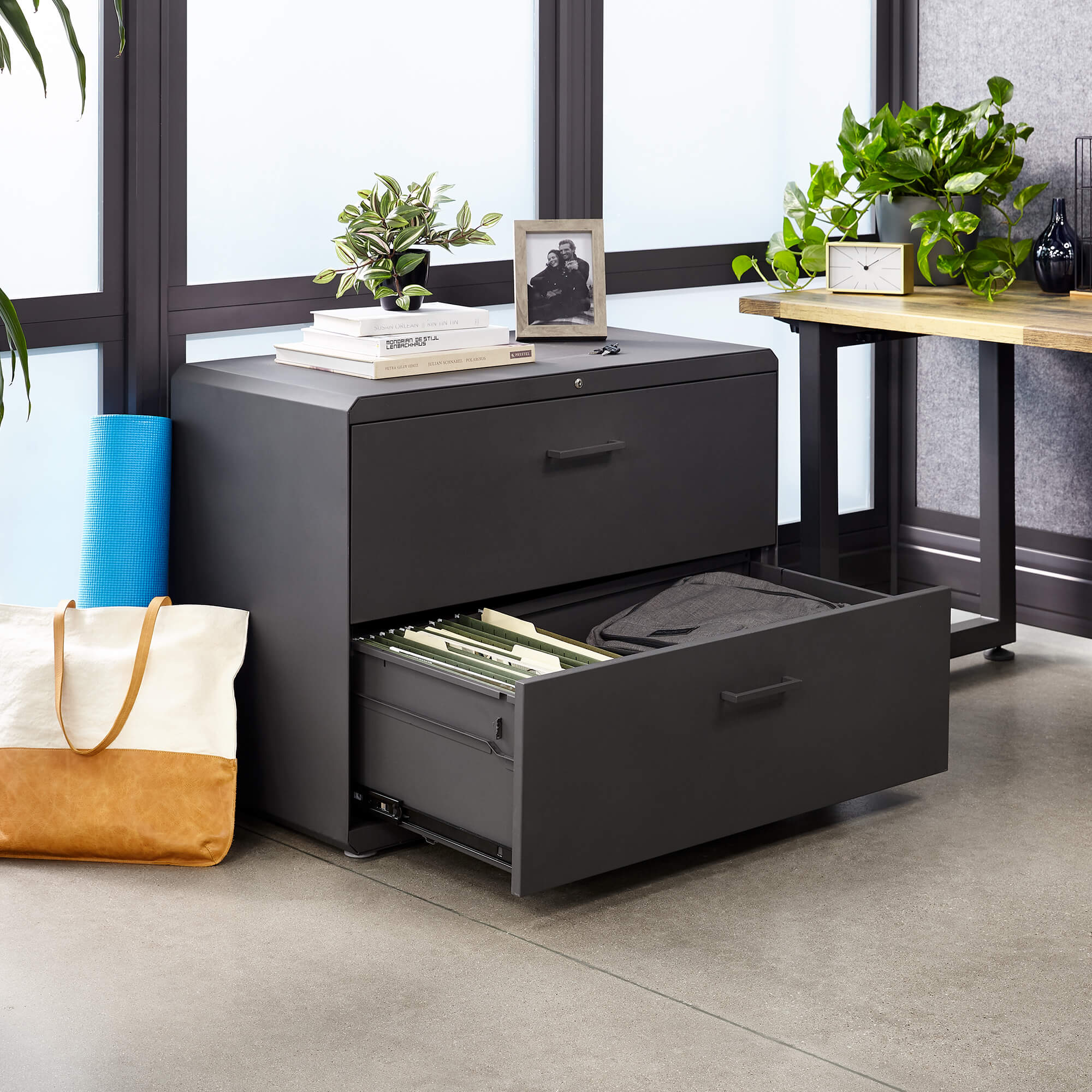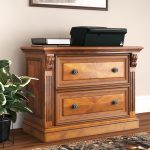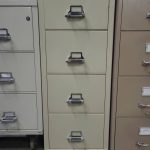The Importance of Efficient Office Storage Solutions
In today’s fast-paced business environment, maintaining an organized office is crucial for maximizing productivity, ensuring smooth operations, and projecting a professional image to clients and visitors. One fundamental aspect of office organization lies in the effective management of paperwork and documents. With the ongoing digital transformation, many offices are transitioning towards paperless systems. However, physical records still play a vital role in various industries due to legal requirements, client preferences, or operational necessities. This is where lateral filing cabinets come into play as a reliable and efficient storage solution.
Lateral filing cabinets, distinguished by their horizontal orientation, offer several advantages over traditional vertical cabinets. They are designed to accommodate letter- or legal-sized hanging file folders side-to-side, optimizing floor space and allowing for easier access to files. When selecting the right lateral filing cabinet for your office, it’s essential to consider several factors that will ensure both functionality and aesthetic harmony within your workspace.
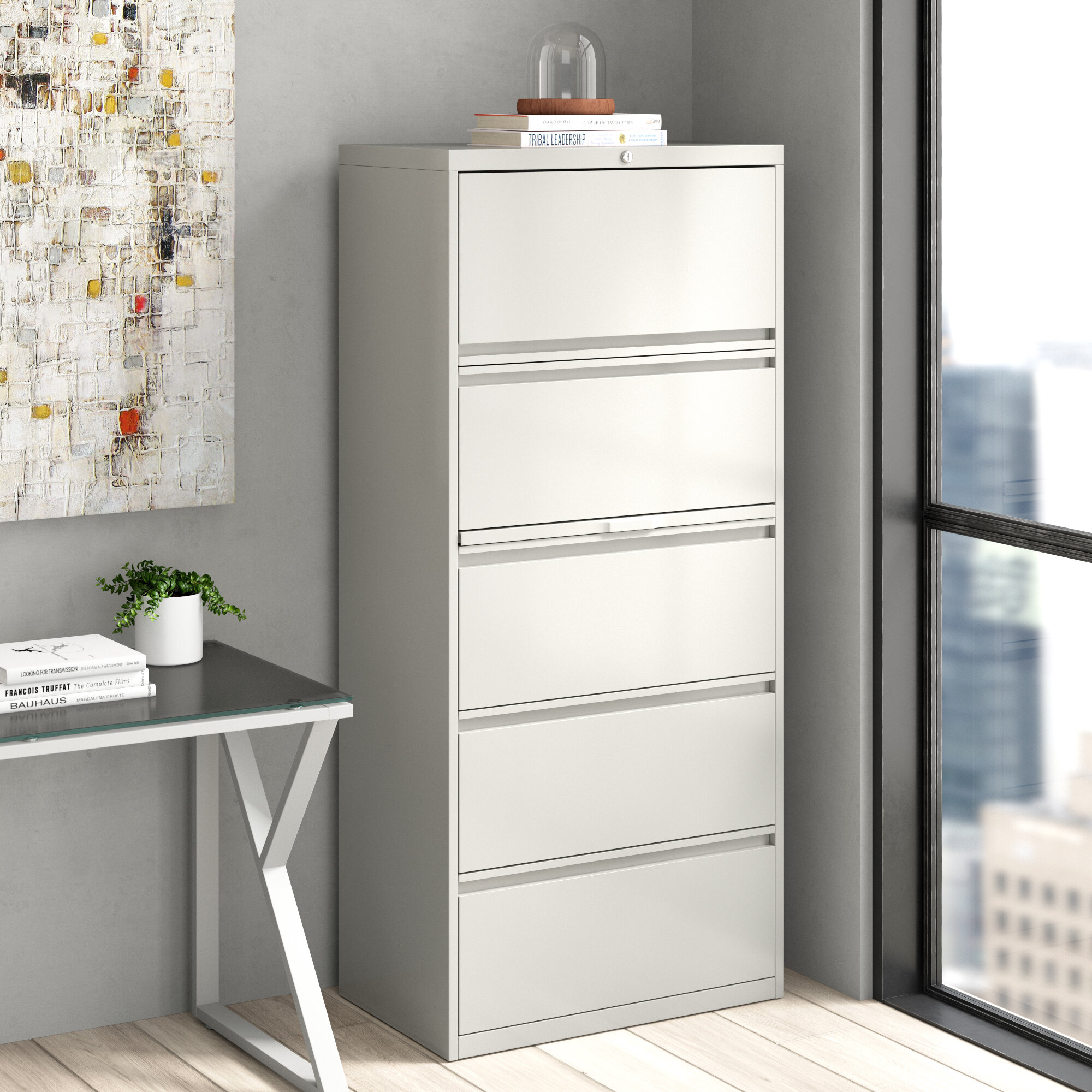
Space Considerations: Maximizing Your Office Layout
The first step in choosing the appropriate lateral filing cabinet is assessing your available office space. Measure the designated area carefully, taking note of any obstructions such as pillars, corners, or existing furniture. Lateral cabinets come in various widths, typically ranging from 30 to 42 inches, and depths around 18 to 24 inches. Their lower profile compared to vertical cabinets makes them ideal for placement under windows or along walls without overpowering the room visually. Moreover, they can serve as partitions or dividers in open-plan offices, creating semi-private workstations while keeping files within easy reach.
Consider the height of the cabinet as well. While standard models are around 29 to 36 inches tall, taller options reaching up to 60 inches are also available for those needing additional storage capacity without sacrificing floor space. Keep in mind accessibility; taller cabinets may require a step stool for reaching the top drawers.

Capacity and Configuration: Tailoring to Your Storage Needs
Storage needs vary greatly depending on the nature and size of your business. Assess the volume and types of documents you handle regularly to determine the necessary cabinet capacity. Lateral filing cabinets usually feature two to six drawers, with each drawer capable of holding hundreds of files. If you deal with a high volume of paperwork, opt for cabinets with more drawers to minimize the need for multiple units, which can clutter the space.
Flexibility in drawer configuration is another factor to consider. Some cabinets offer adjustable hanging bars, enabling you to switch between letter and legal sizes as needed. Others might include specialized compartments for binders, manuals, or odd-sized documents. Consider cabinets with locking drawers for securing sensitive information and ensure they provide a mechanism that allows for partial access—locking only specific drawers—when full cabinet security isn’t required.
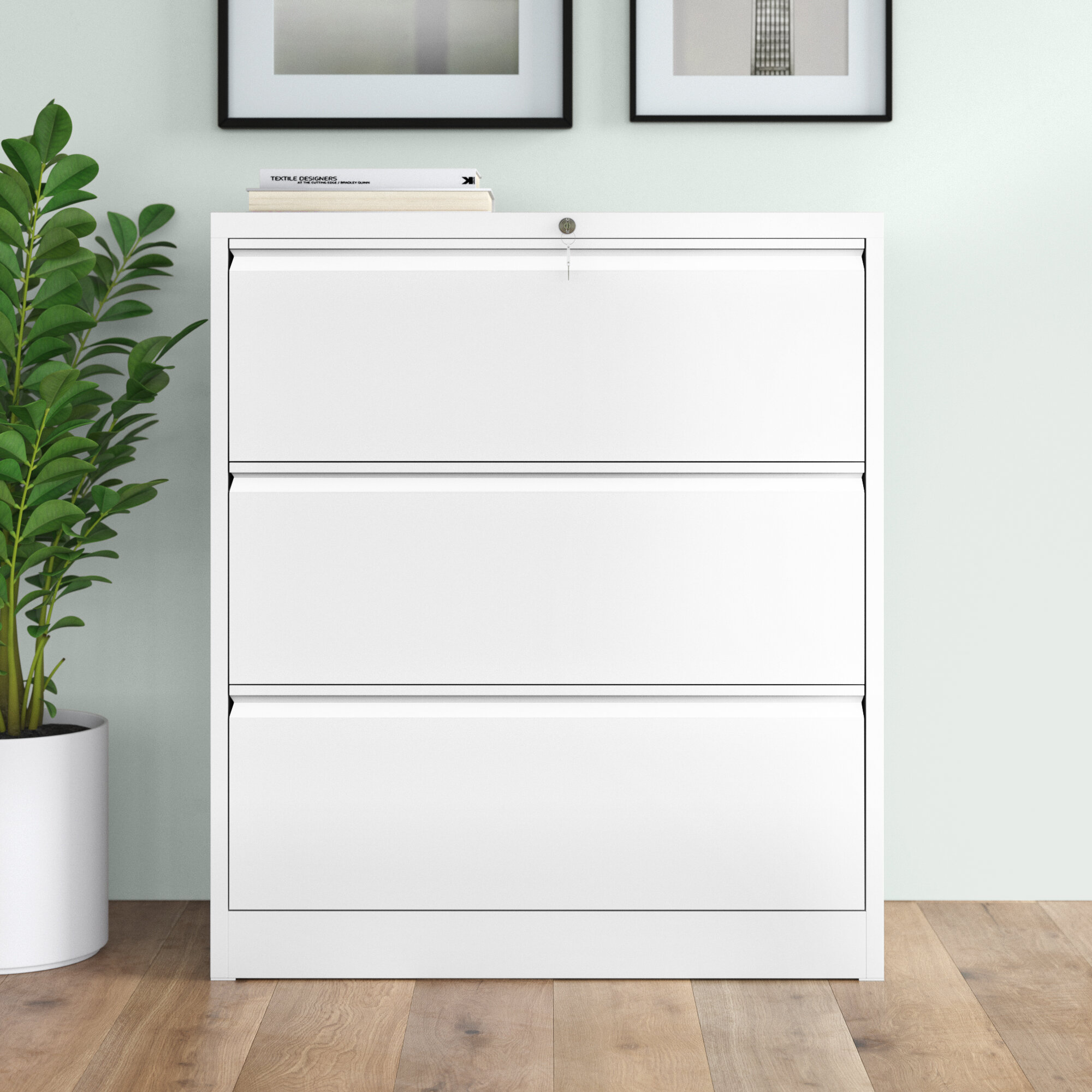
Material and Durability: Ensuring Longevity and Aesthetics
Material selection significantly impacts the durability, appearance, and overall cost of your lateral filing cabinet. Metal cabinets, typically made from heavy-gauge steel, offer excellent strength and resistance to fire and moisture, making them suitable for long-term document storage. They often come with a powder-coated finish for added durability and rust prevention.
Wooden cabinets, on the other hand, lend a warmer, more traditional feel to an office setting. Options range from cost-effective particleboard with laminate finishes to high-end solid wood pieces that can become statement pieces in executive offices. While wooden cabinets may not offer the same level of durability as metal ones, they can be more aesthetically versatile and integrate seamlessly into different decor styles.
For a contemporary look, consider cabinets made from composite materials or glass and metal combinations. These modern designs prioritize aesthetics without compromising functionality and can be a great fit for design-forward offices.
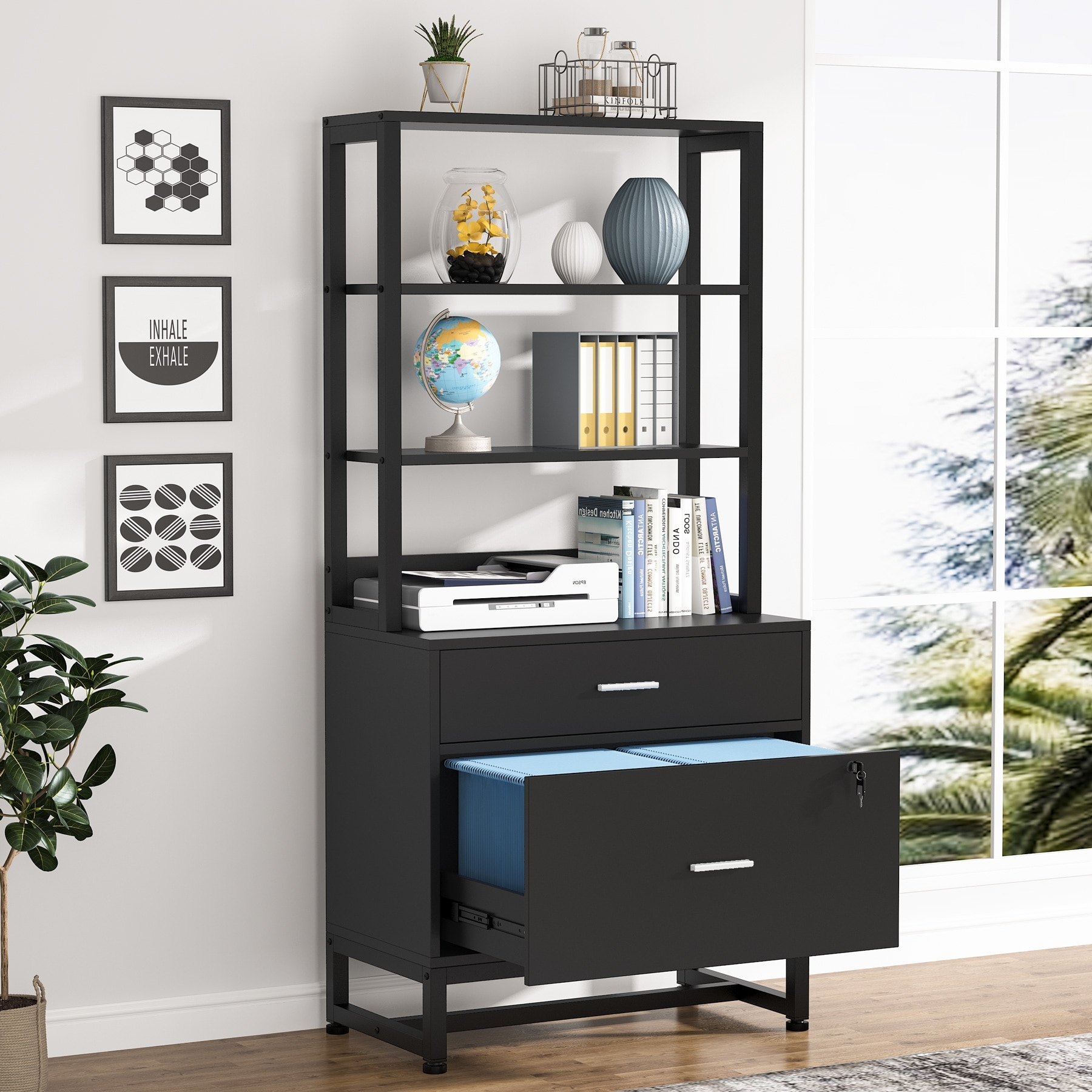
Safety Features: Protecting Your Assets and Personnel
Safety should never be overlooked when selecting office furniture. Look for cabinets that meet industry safety standards, such as those set by ANSI/BIFMA (American National Standards Institute/Business and Institutional Furniture Manufacturers Association). Anti-tip mechanisms are essential, especially for taller cabinets, to prevent accidents should a drawer be opened fully and unexpectedly.
Drawers with ball-bearing suspension systems ensure smooth operation and reduce the risk of pinched fingers. Additionally, consider cabinets with counterweights or interlocking drawer mechanisms, which prevent more than one drawer from being opened simultaneously, thus avoiding cabinet tip-over hazards.
Integration with Office Decor and Branding
A lateral filing cabinet isn’t just a storage unit; it’s also an element of your office’s overall design. Choose a cabinet that complements your office’s color scheme and design philosophy. For instance, if your office follows a minimalist theme, opt for sleek, unadorned cabinets in neutral tones. Conversely, if your brand identity is more vibrant and expressive, explore cabinets with colorful accents or unique textures.
Customization options, such as adding company logos or using specific paint colors, can further enhance brand cohesion within the workspace. Moreover, integrating plants, artwork, or decorative elements around the cabinets can transform them from mere functional items into integral parts of your office’s aesthetic appeal.
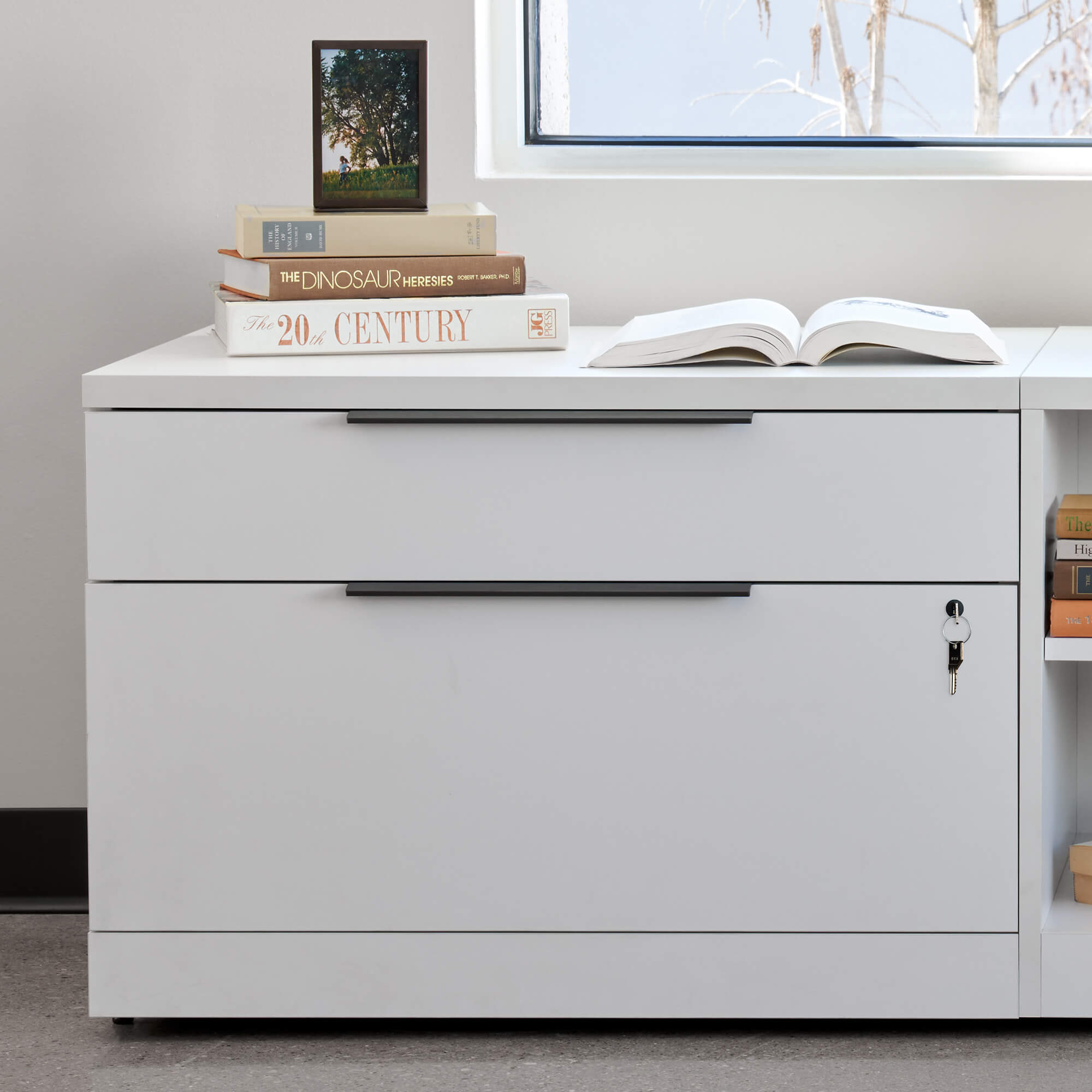
Ergonomics and User Experience
Ease of use is paramount in any office furniture selection. Ensure that the cabinet drawers glide smoothly and can be fully extended, allowing users to access files at the back without strain. Drawer handles or pulls should be ergonomically designed and positioned for comfortable gripping. Cabinets placed in high-traffic areas should have rounded edges to minimize the risk of injury.
Furthermore, consider accessibility features for employees with disabilities. Cabinets with lower drawers or electronic push-button opening systems can facilitate use for those with mobility issues, promoting an inclusive work environment.
Conclusion: Making an Informed Decision for Optimal Office Organization
Selecting the right lateral filing cabinet is about striking a balance between practicality, aesthetics, and safety. By carefully considering your office’s unique storage needs, available space, and design preferences, you can invest in a cabinet that not only keeps your documents organized and secure but also contributes positively to the overall ambiance and efficiency of your workplace. Remember, well-chosen office furniture like lateral filing cabinets can significantly enhance workflow, employee satisfaction, and ultimately, the success of your business.
